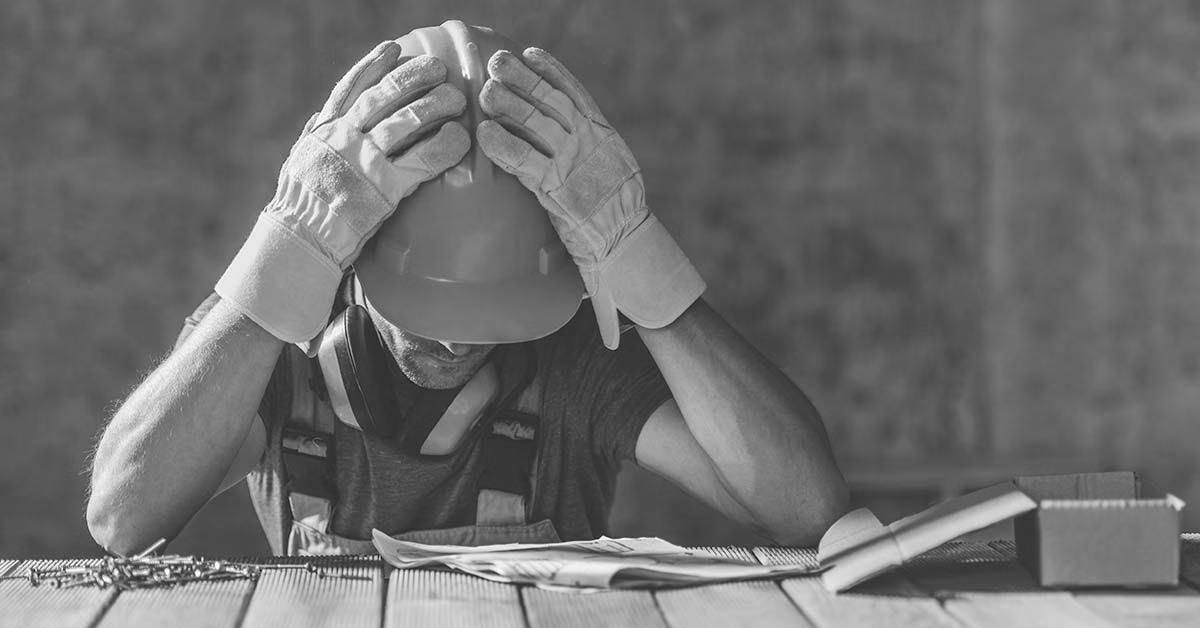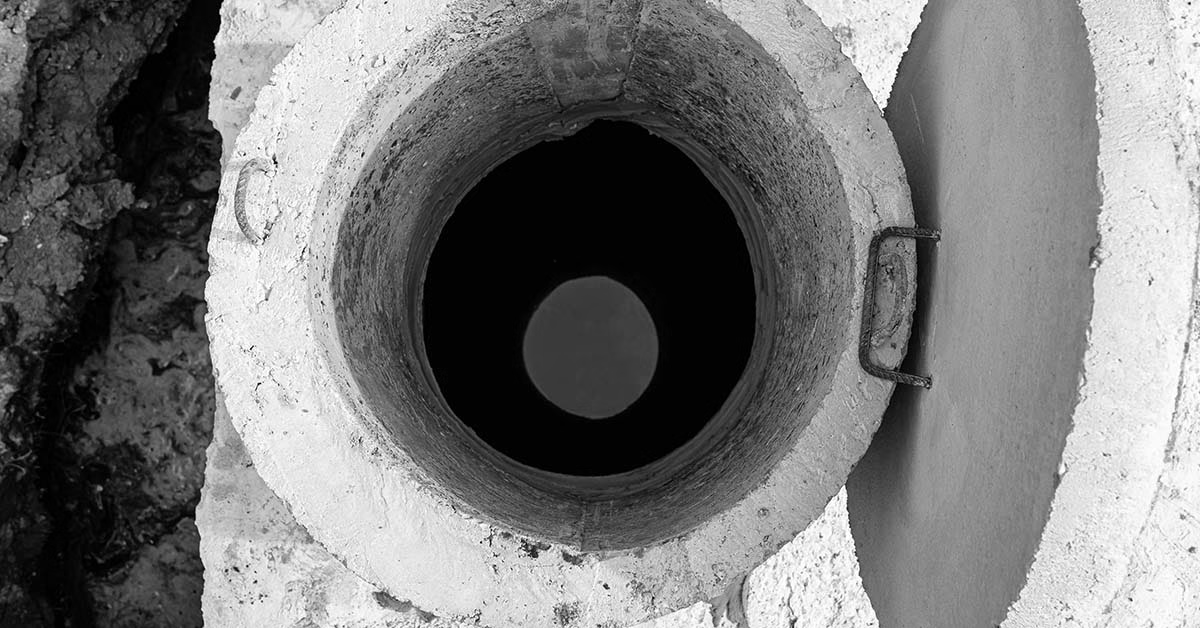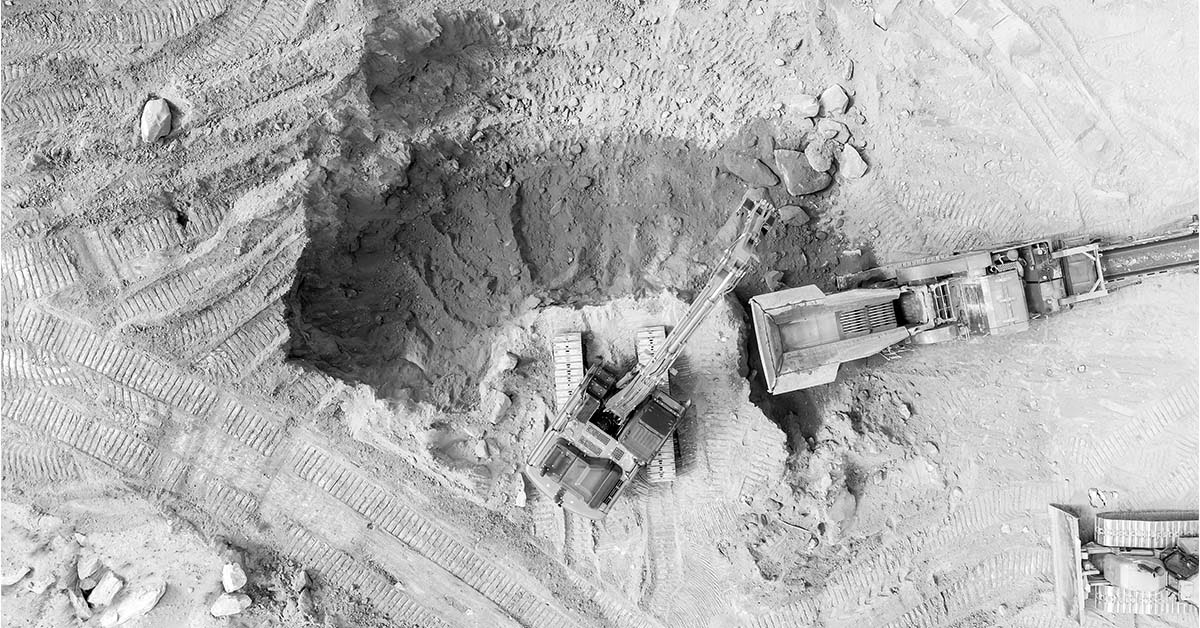Understanding Health Beyond the Physical Health is more than the absence of illness. The World…
Material Handling on Construction Sites
Material handling is defined as the process of moving, protecting, storing, and controlling materials throughout the project phase. Poor handling of material can cause major problems on sites as it may add to material waste, poor productivity and quality of work, project delays, poor material flow and may even cause injuries on site. Contributors such as basic housekeeping, storing of materials and stacking of articles can have a major impact on the overall safety of a construction project. Making simple improvements and changes to these three aspects will improve material management.
Material Handling
Housekeeping & storing of materials
The proper storage of materials and equipment must be conducted on-site. The contractor must ensure that the materials to be used for construction, are not placed on the site to obstruct means of access to any workplaces or passageway. When materials are not used or no longer required for use, it does not accumulate on the site and is removed at appropriate intervals. Storage areas must be kept clean, neat and under control.
Stacking of articles
Building stacks that have many tiers may not be permitted. Unless the operation is executed by or is under the supervision of an experienced worker and competent person. The base of the stacks must be levelled and capable of sustaining the weight of the stacking materials. The articles that make up a single tier must remain consistent with the same size, shape and mass. And when support structures are used for stacking, they are structurally sound and can support the weight of the articles.
When stacks are being removed, it must be done so from the top of the tier. Construction workers may not climb on any stacks. Except if the stack is stable and the climbing is done with the aid of a ladder or other safety means.
When a stack becomes unstable or in danger of collapsing, the contractor must dismantle it immediately in a safe manner so that the stability of the stack is not endangered by vehicles, machinery or people passing by them.
Process in place:
Having a proper process in place can save time and reduce any injuries, however, the mentioned process below is a suggestion and may differ due to construction sites being different.
- All methods and processes must be standardized and communicated to all that will deal with material handling
- Work safety must be considered the main objective to ensure no injuries occur on-site or while handling the materials
- Storage areas must be kept clean and organized, to ensure that the materials do not get damaged and to maximize safety
- PPE must be available
- Deliveries must be received and handled quickly
- Unit loads must be optimized to reduce risk at work
It could be considered an aspect that is overlooked on construction sites, as it is not deemed as a “high-risk activities”. But incidents can easily occur on site when one is not paying attention and can even be fatal.
Our Services
Cairnmead Industrial Consultants provide you with a unique consulting service in the Health and Safety discipline. We lead through simplicity and realise that safety doesn’t just come through knowledge, but through understanding. We seek to help our clients understand and we translate our vast knowledge and expertise into simple, useable information.
Contact us to find out more:
Christof Lourens
CEO Cairnmead Industrial Consultants (Pty) Ltd
Tel: 012 346 5752 | Email: christof@cairnmead.co.za
Follow us on our social media pages:



